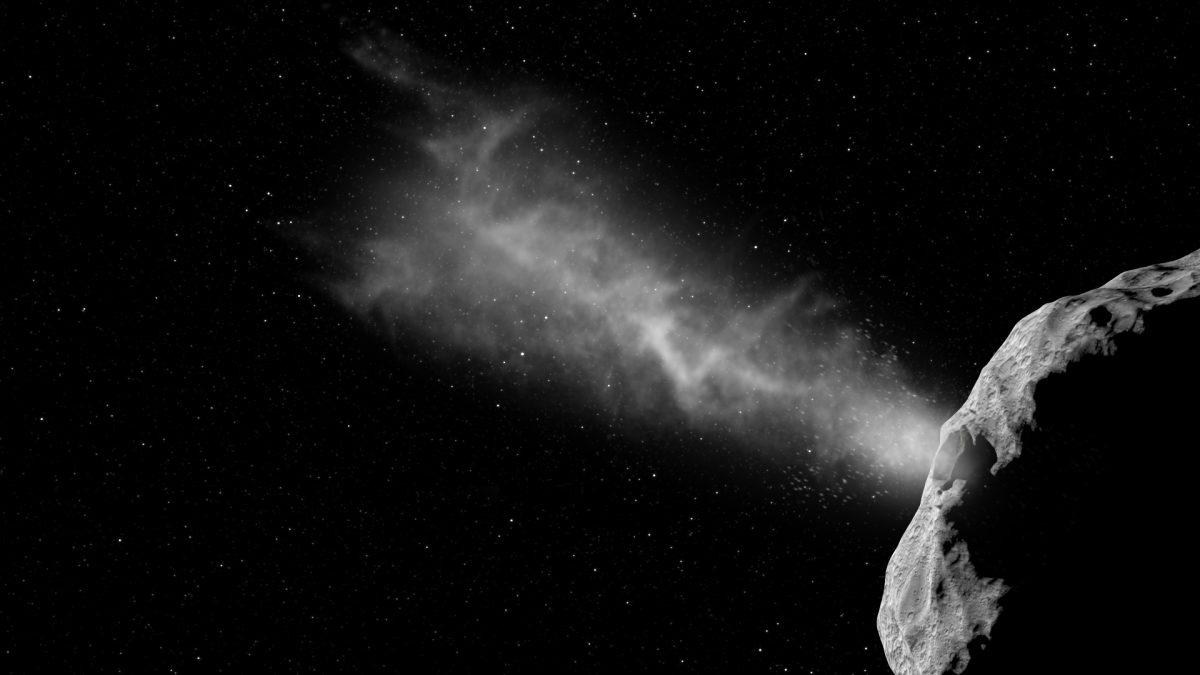

Don’t let the name fool you. Our solar system’s small bodies – asteroids, comets, and meteors – pack big surprises. These chunks of rock, ice, and metal are leftovers from the formation of our solar system 4.6 billion years ago. They are a lot like a fossil record of our early solar system. There are currently 1,298,316 known asteroids and 3,880 known comets.
Most asteroids are found in the asteroid belt, a region located between the orbits of Mars and Jupiter. However, they can also exist in other regions, such as near-Earth space or even in the outer reaches of the solar system. Asteroids come in various shapes and sizes, ranging from small boulders to dwarf planets like Ceres, which is the largest known asteroid.
Comets originate from two primary regions: the Kuiper Belt and the Oort Cloud. The Kuiper Belt, located beyond the orbit of Neptune, is home to short-period comets that complete their orbits within a few hundred years. The Oort Cloud, situated much farther in the outer reaches of the solar system, contains long-period comets that can take thousands to millions of years to complete a single orbit.
Meteors, often referred to as shooting stars, are fascinating celestial phenomena that capture our attention and spark our curiosity. These streaks of light in the night sky occur when tiny particles, called meteoroids, enter the Earth's atmosphere at high speeds. The friction with the atmosphere heats up the meteoroid, causing it to glow and create a luminous trail as it streaks across the sky.